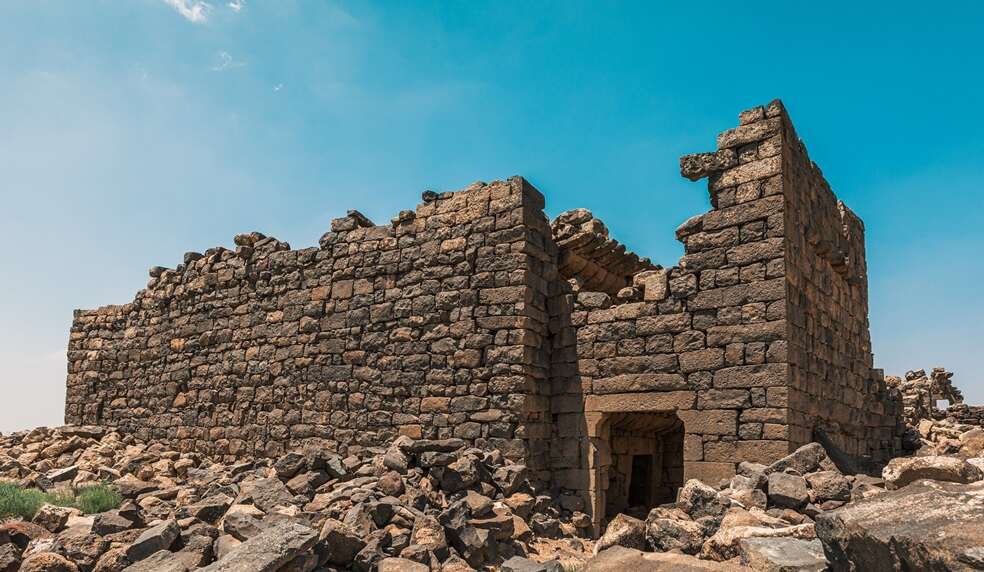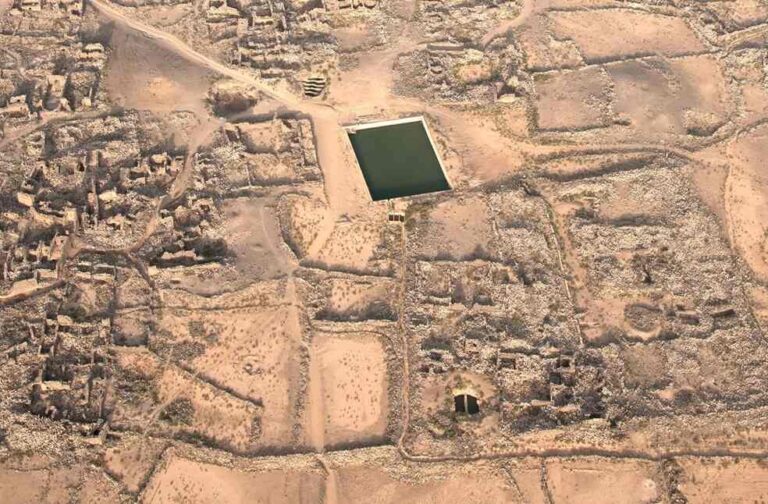Jordan: Jordan’s Umm al-Jimal village was added to the UNESCO World Heritage List and was praised by the tourism minister as a “great achievement.”
UNESCO, hosting a World Heritage Committee meeting in New Delhi, announced on X that the oldest structures found at Umm al-Jimal date back to the 1st century AD, when the region was part of the Nabataean Kingdom.
“Greek, Nabataean, Safaitic, Latin, and Arabic uncovered on the site… sheds light on the changes in its inhabitants’ religious beliefs,” it continued.
The town, which is 86 kilometres (53 miles) north of Amman, the capital of Jordan, is close to the Syrian border and is referred to as “the black oasis” because of the abundance of black volcanic rock in the region.

The World Heritage List listing of Umm al-Jimal is a “great achievement we should be proud of,” according to Jordan’s Minister of Tourism and Antiquities Makram al-Qaisi, who made the announcement on Sunday at a press conference.
He stated that the ministry wanted to “present Umm al-Jimal as an attractive tourist destination” and entice both domestic and foreign investors to the location.
The settlement, originally founded by the Nabataean peoples in the first century AD, was later controlled by the Romans and developed into a significant agricultural and commercial hub. The name Umm al-Jimal originates from the usage of camels in trade caravans in the village.

Umm al-Jimal, along with Petra, Quseir Amra, Umm al-Rasas, Wadi Rum, al-Maghtas, and Salt, is the eighth historical site in Jordan to be inducted into UNESCO’s World Heritage List.
The kingdom’s 10 million people are primarily dependent on tourism, which accounts for between 12 and 14 percent of the GDP.
According to Qaisi, Jordan received over six million visitors in 2023, generating $7 billion in revenue. The Asia Pacific region is home to the majority of tourists, followed by Europe, the US, and Canada.



